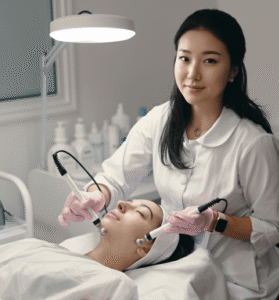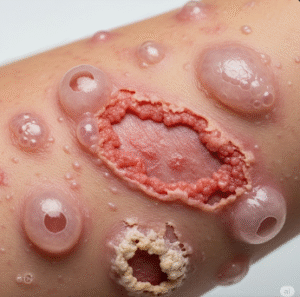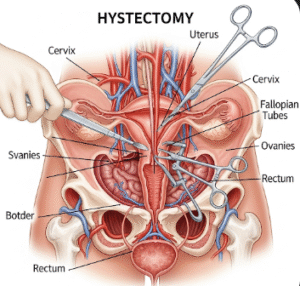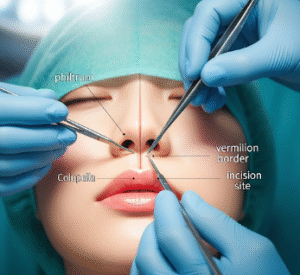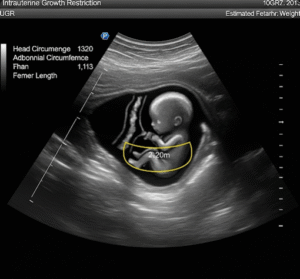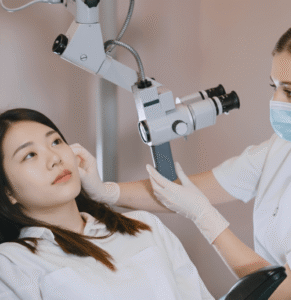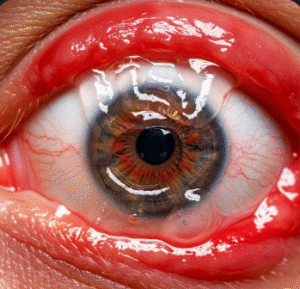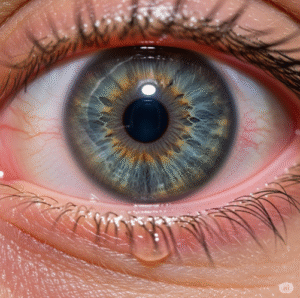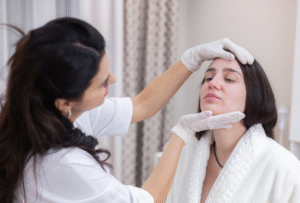What It Is
A lateral crural strut graft is a rhinoplasty technique designed to support and reshape the lateral crura of the lower lateral nasal cartilages. By reinforcing these structures, the graft improves tip definition, prevents nasal collapse, and ensures better nasal airway function. This procedure is often performed in combination with other rhinoplasty techniques to achieve both aesthetic and functional improvements.
Why It’s Done
Lateral crural strut grafts are chosen to:
- Strengthen weak or thin lateral crura
- Correct tip drooping or collapse
- Improve nasal airflow by preventing external valve obstruction
- Refine nasal tip shape and symmetry
Patients with congenital deformities, previous nasal surgeries, or traumatic nasal injuries benefit most from this procedure.
Alternatives
Alternative options include:
- Non-surgical fillers for temporary tip support
- Other grafting techniques such as alar batten grafts or columellar strut grafts
- Cartilage reshaping without additional grafting
Non-surgical options cannot provide long-term structural reinforcement.
Preparation
Before surgery, patients consult with a Korean plastic surgeon to evaluate nasal anatomy, skin thickness, and cartilage availability. Preoperative instructions often include:
- Avoiding smoking and blood-thinning medications
- Completing necessary blood tests or imaging
- Fasting if general anesthesia is planned
How It’s Done
The surgery is performed under local anesthesia with sedation or general anesthesia. Cartilage is harvested (usually from the septum, ear, or rib) and shaped to reinforce the lateral crura. The graft is then carefully positioned and secured to maintain tip projection and stability. The procedure typically takes 1–2 hours and is often outpatient.
Recovery
Postoperative care includes managing swelling, bruising, and mild discomfort. Patients should avoid trauma, strenuous activity, and excessive facial movements. Temporary nasal splints or internal supports may be used. Follow-up visits ensure proper healing, tip positioning, and nasal function.
Possible Complications
Potential risks include:
- Graft displacement or visibility
- Infection or bleeding
- Tip asymmetry or dissatisfaction with aesthetic outcome
- Persistent nasal obstruction
Selecting an experienced Korean surgeon minimizes these risks and enhances long-term results.
Treatment Options in Korea
Diagnosis
Korean specialists use physical exams, nasal endoscopy, and imaging to evaluate tip support and lateral wall integrity.
Medical Treatments
Non-surgical treatments like nasal dilators or conservative therapies may help symptomatically but cannot provide permanent structural support.
Surgical or Advanced Therapies
Advanced Korean rhinoplasty techniques include ultrathin grafting, precise cartilage shaping, and minimally invasive placement to optimize both aesthetics and function.
Rehabilitation and Support
Patients receive post-operative care guidance, swelling management, follow-up consultations, and access to international patient support programs for smooth recovery.
Advantages of receiving treatment in Korea: highly skilled surgeons, cutting-edge techniques, precise 3D surgical planning, cost-effective treatment, and superior functional and cosmetic outcomes.


